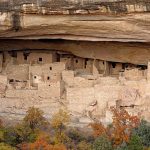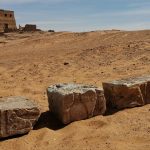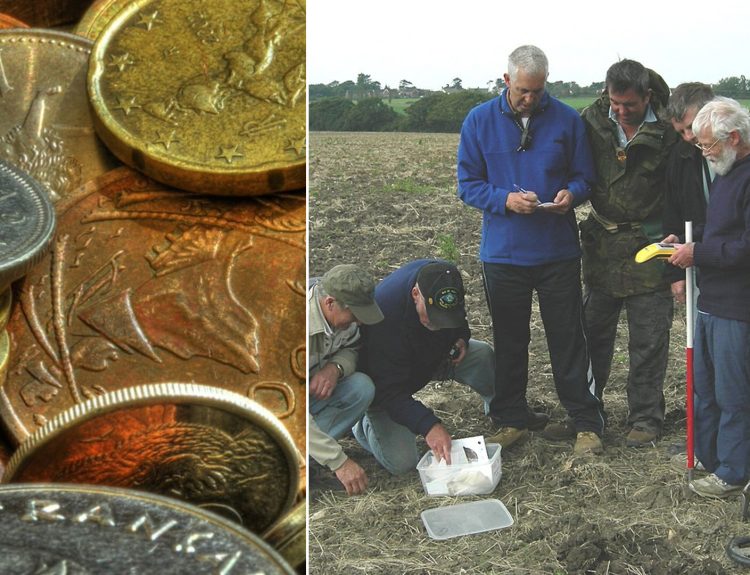When we talk about impressive, mind-blowing, bucket list worthy buildings and structures from around the world, Stonehenge, the Great Pyramid of Giza, and the Great Wall of China get all the attention. Not to take anything away from these ancient marvels – they are amazing in their own right – but the world is filled with churches, temples, homes, monuments, and palaces that showcase the genius of their architects, designers, and builders.
Take a look through this collection of 20 images and be amazed at the grandeur, innovativeness, and opulence of the past and see which of these spectacular and historic buildings and structures you need to add to your bucket list.
1. Borobudur, Indonesia
The world’s largest Buddhist temple, Borobudur was constructed in the 9th century and is located in Magelang in Central Java, Indonesia. The builders have to move more than 72,000 cubic yards of andesite stone to create this massive structure. What is more surprising is that the stones are simply stacked in place. There is no mortar holding them together.
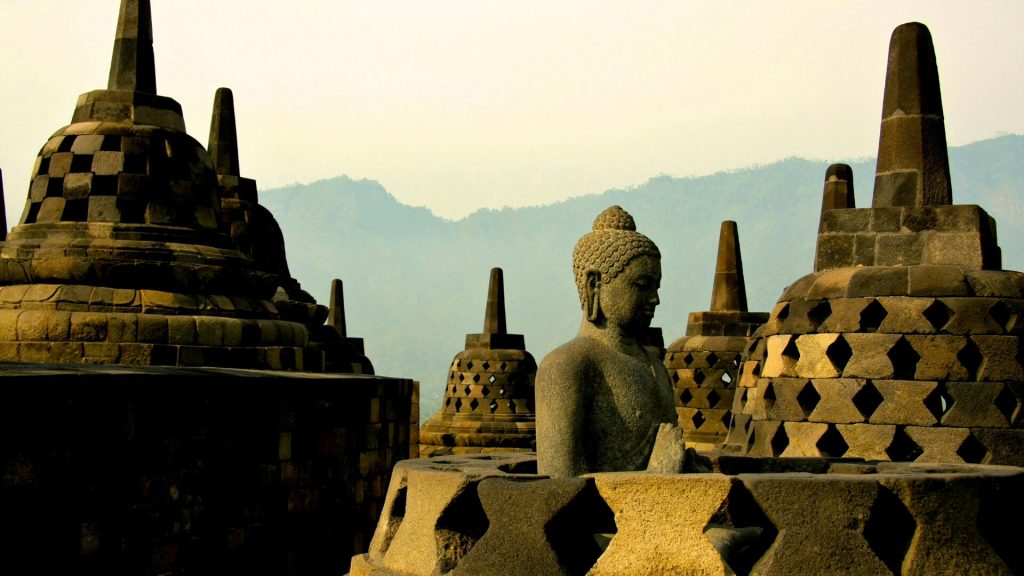
Visitors to Borobudur can wander through the hallways, passages, and corridors that are lined with artwork. In all, there are 1,460 relief panels and 1,212 decorative panels that depict Buddhist stories and teachings.
2. Biltmore Mansion, United States
Billionaire industrialist George Vanderbilt II commissioned the construction of his personal family home – the largest privately owned house in the United States – in Asheville, North Carolina. The most magnificent example of Gilded Age mansions, the home was built between 1889 and 1895. Vanderbilt named his mansion Biltmore.

Biltmore Mansion is 178,926 square feet in size – nearly equivalent to four acres. It has 35 bedrooms, 65 fireplaces, 43 bathrooms, an elevator, an indoor swimming pool, a gym, and forced-air heat. Vanderbilt’s goal was to impress his friends … and he accomplished that goal.
3. Alhambra, Spain
Muhammad I Ibn al-Ahmar, the founder of the Emirate of Granada, ordered his men to build a fortress at Andalusia, Spain, in 1238, on a rocky ledge of the Sierra Nevada. Over time, this fortress grew into one of the largest, best-preserved, and most famous buildings in all of Islamic architecture.
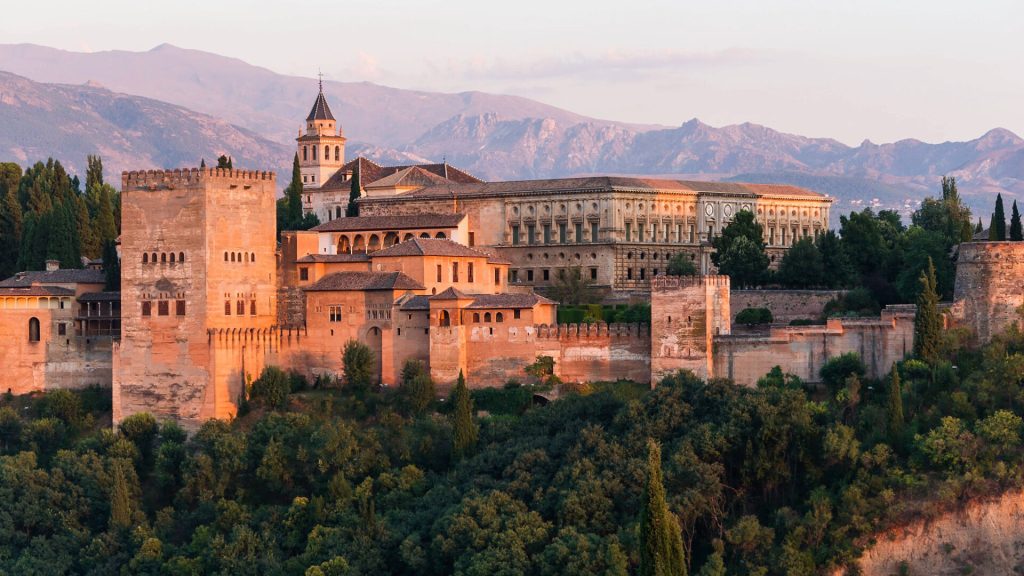
The builders and architects of Alhambra used white marble, delicate tiles, and stucco in their construction. As Alhambra expanded and grew, it became a self-contained, walled city. Within its walls, there are six ornate palaces – three of which are open to visitors today.
4. The Roman Aqueducts
As early as 312 BC, the ancient Romans undertook some massive public works projects. Perhaps one of their most astonishing is the aqueducts. They understood that access to water was vital to the growth and prosperity of their cities, so the best Roman engineers developed a gravity-fed water works system that is still fully functioning today.
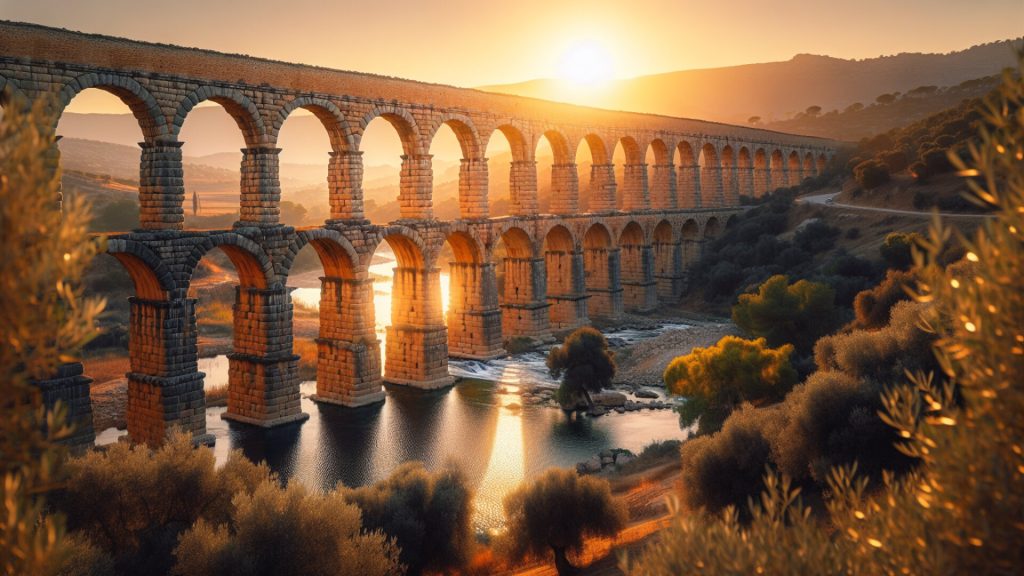
The Roman aqueducts system included underground wells, bridges, reservoirs, and a network of pipes to deliver water to the empire’s more than 2,000 public fountains, as well as to public baths, villas of the wealthy citizens, and merchants.
5. Borgund Stave Church, Norway
Built around 1200, the Borgund Stave Church was one of several “stave churches” in the country, but it is one of the only ones remaining. Wooden boards called “staves” were locked together vertically using a tongue and groove design to form the walls of the church. Inside the structure, there is a crisscrossing network of wooden beams.
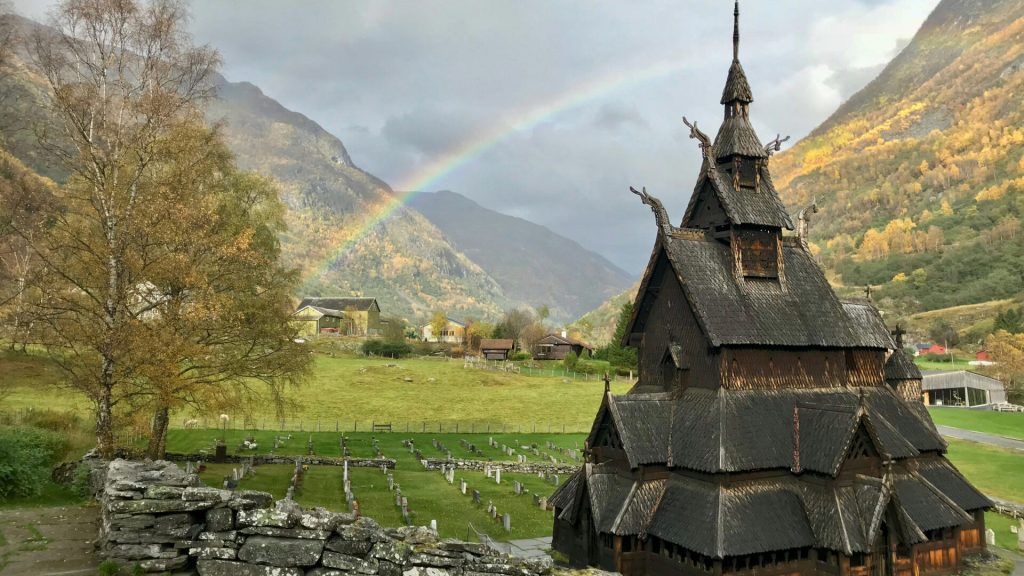
Borgund Stave Church has a unique roof that is composed of tiered overhangs and topped with a tall steeple and bell tower. There is a dragon head on each of the church’s four gables. No, the church wasn’t painted black. The wooden walls and roof were covered with layers of pine tar to protect the wood.
6. Bouzov Castle, Czech Republic
Straight out of a fairytale, Bouzov Castle in the Czech Republic has an eight-story tall watchtower, a moat, a drawbridge, battlements, oriel windows, a knights’ hall, Gothic vaulted ceilings, and its own chapel.
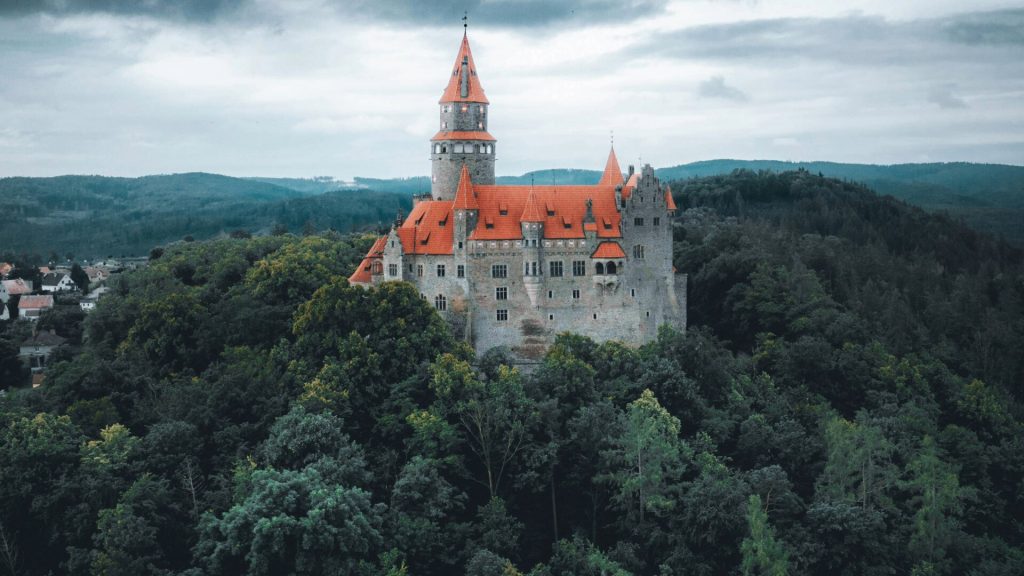
Bouzov Castle was built in the early 1300s and occupied by the Buz of Bludovec family. Interestingly, this family was not one of the region’s wealthiest or most prominent. In fact, they were referred to as “minor aristocrats.” But you certainly couldn’t tell this from this home.
7. Canterbury Cathedral, United Kingdom
One of England’s oldest and most beautiful churches, Canterbury Cathedral is located in Canterbury, Kent. Although it was first constructed in the year 597, it was expanded and completely revamped during a massive remodeling project from 1970 to 1077.
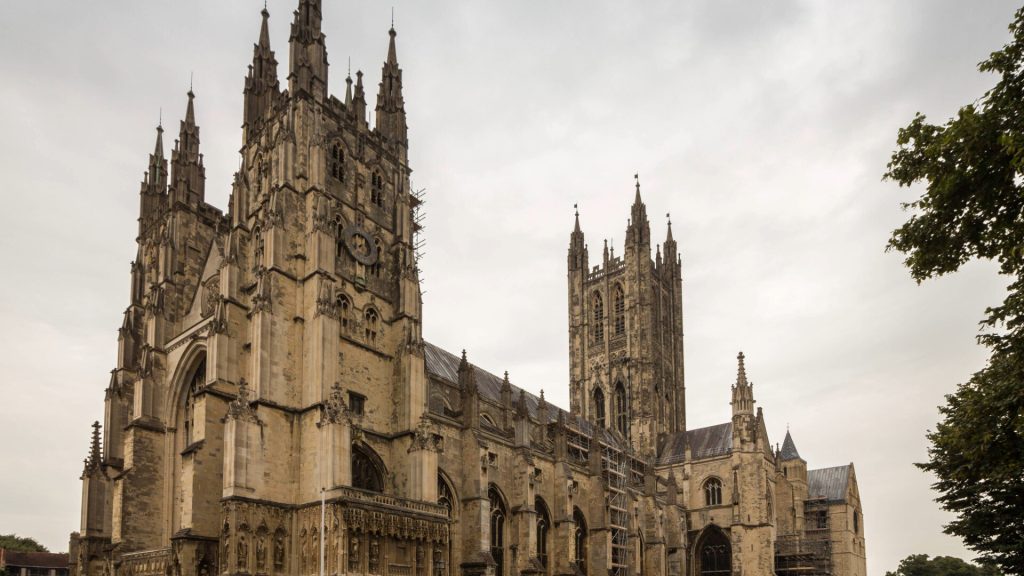
In 1170, Thomas Becket, the Archbishop of Canterbury, was murdered in the cathedral. After that incident, Christians began taking pilgrimages to Canterbury Cathedral. In fact, this is where the groups of misfit travelers were going in Geoffrey Chaucer’s famous medieval book, The Canterbury Tales, which was written in 1387.
8. Church of St. George, Ethiopia
In Lalibela, Ethiopia, there is an impressive collection of eleven churches that were carved down into the solid rock in the late 12th century. These structures were commissioned by King Gebre Mesqel Lalibela, a saint in the Ethiopian Orthodox Church. Amazingly, the Church of St. George and the other ten churches at Lalibela were built by removing the rock surrounding them.
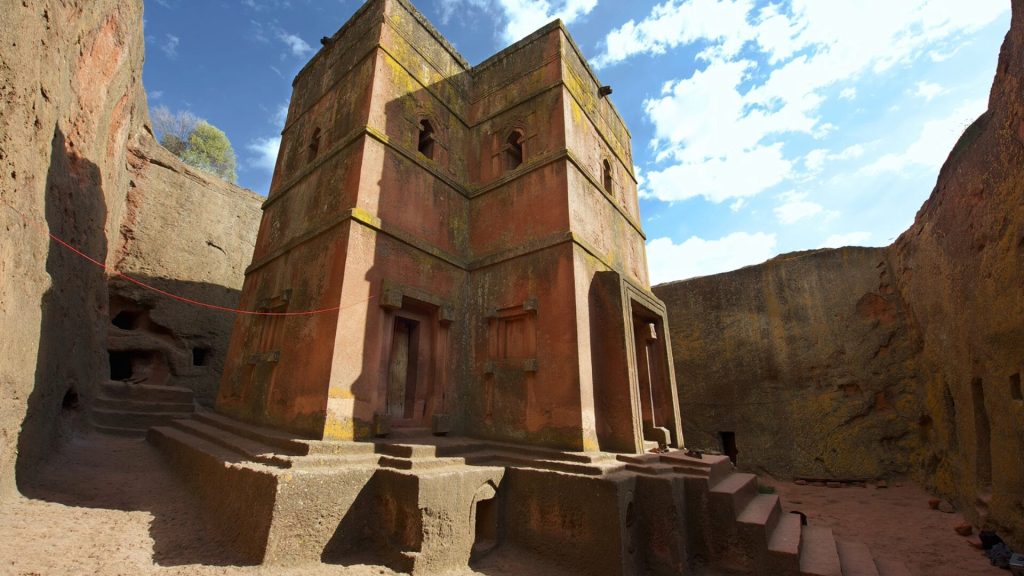
In addition to carving out the structures by digging downward into volcanic rock. The Church of St. George has also been hand-hewn to create chambers and rooms inside the structure, including a baptismal pool.
9. The Treasury, Jordan
The Treasury, or the Al-Khazneh Treasury, is the most famous building in the ancient desert city of Petra in Jordan. Petra was constructed in a hidden slot canyon in the second century by Nabataeans. They carved right into the canyon walls and quarried rose-colored sandstone from the surrounding area to make buildings, reservoirs, dams, wells, and cisterns.
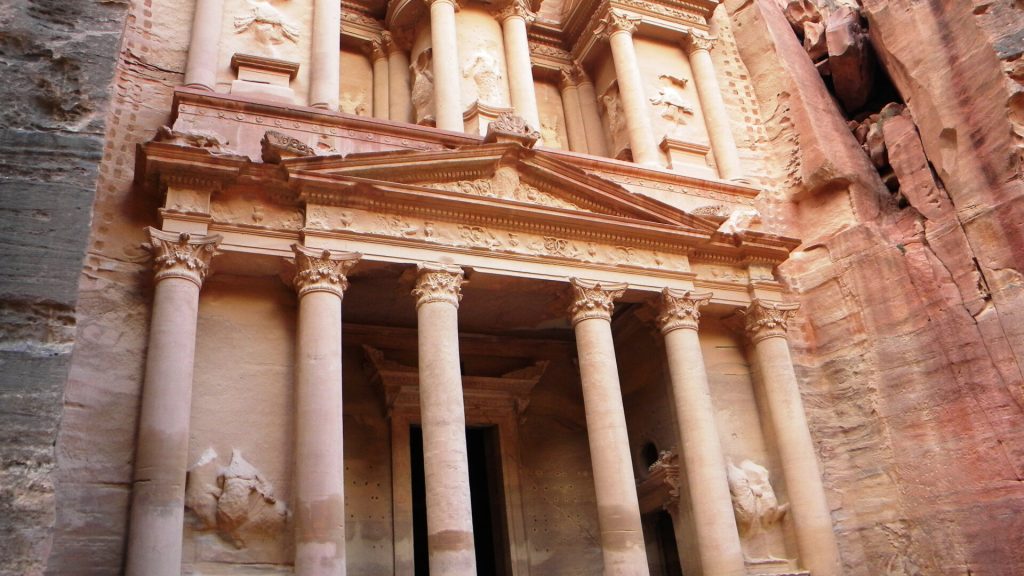
The Treasury is 148-feet tall and features Hellenistic columns. Today, it is one of the most popular tourist attractions in Jordan.
10. Chateau de Chambord, France
The enormous and ornate Chateau de Chambord in France is the largest of all the chateaux in the Loire Valley. Construction began on this Renaissance home on September 6, 1519, which was to be the hunting lodge for King Francis I.
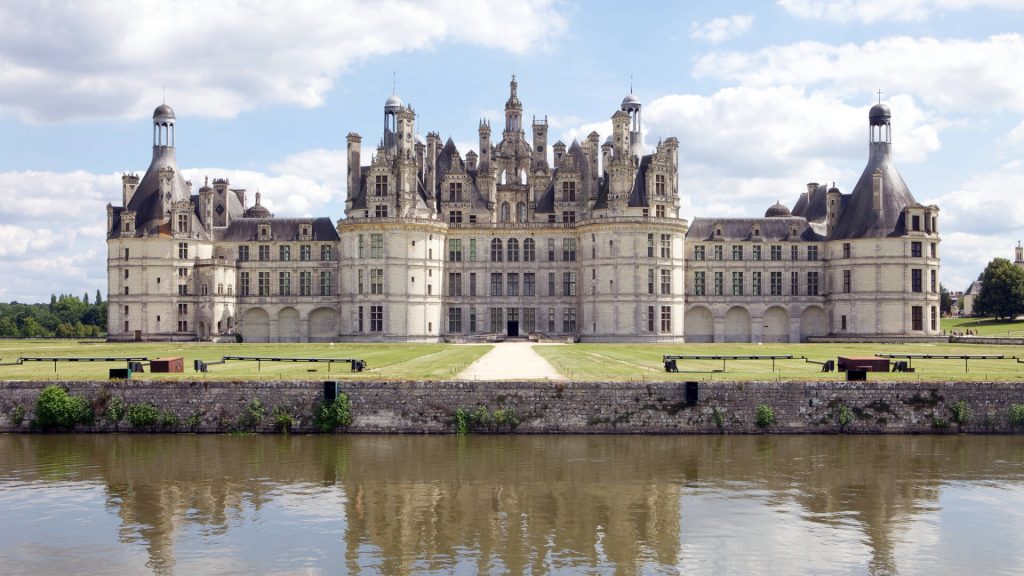
The chateau has 800 sculpted columns, 440 rooms, 282 fireplaces, and 84 staircases. One of those staircases stands out from the rest. It is a stunning and mind-blowing double helix-style staircase that, according to legend, was designed by Leonardo da Vinci himself.
11. Saint Basil’s Cathedral, Russia
Saint Basil’s Cathedral in Moscow’s Red Square has become a cultural symbol of Russia. World politics aside, this majestic structure was built on orders from Ivan the Terrible and completed in 1561. While the entire cathedral is beautiful in its details, the most striking view is from outside looking up.
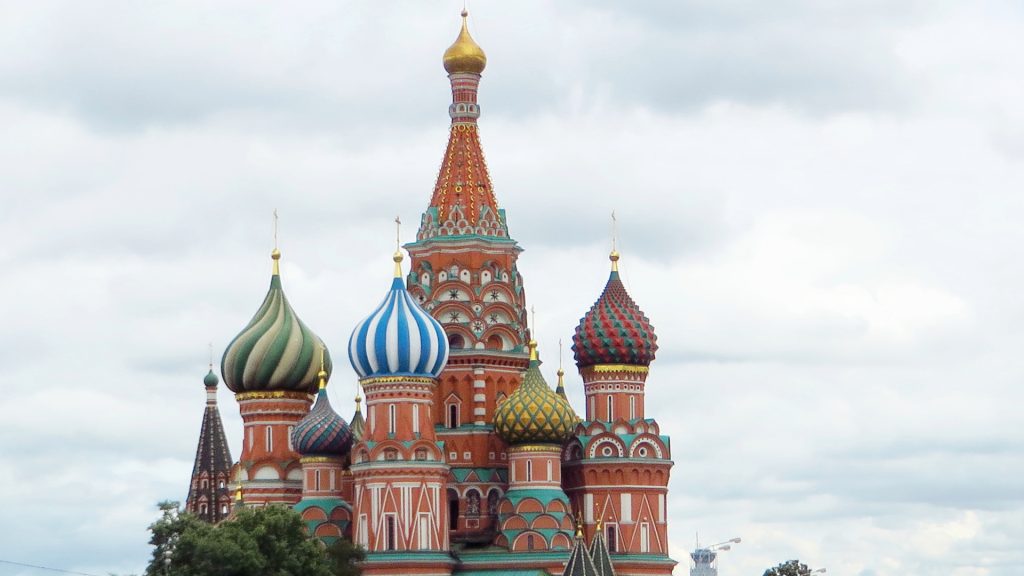
Atop Saint Basil’s Cathedral are nine colorful, onion-shaped domes. The level of skill and craftmanship that went into making these domes – meant to look like the flames of a bonfire – is truly astonishing and unique. It is one-of-a-kind.
12. Taj Mahal, India
Emperor Shah Jahan arranged for a large, beautiful tomb to be built on the shores of the Yamuna River in Agra, India, for his wife, Mumtaz Mahal who died in childbirth in 1631. Work began on the building in 1643. For the next ten years, a crew of 20,000 men worked under the direction of Ustad Ahmad Lahori, the chief architect on the project.
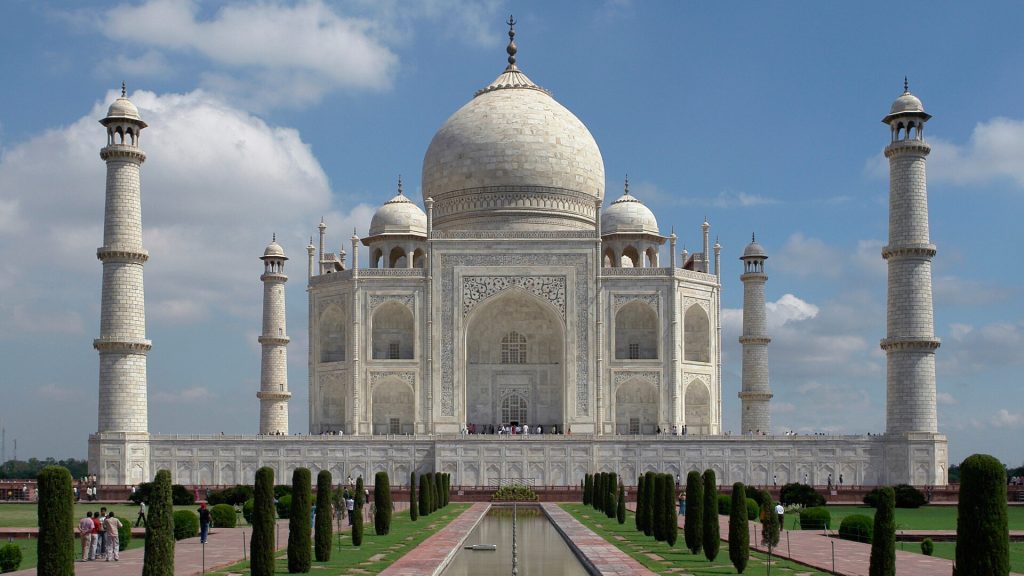
The central dome of the Taj Mahal is 115 feet tall. Surrounding the white stucco building, the architect added a series of sixteen sunken gardens. Inside the structure, the walls have been inlaid with precious and semi-precious gems.
13. Angkor Wat, Cambodia
On orders from King Suryavarman II in the 12th century, workers began to erect what is now Angkor Wat, the world’s largest religious complex. Located near Angkor, Cambodia, Angkor Wat covers an area of more than 400 acres.

The work crew quarried huge sandstone blocks, each weighing about one and a half tons, and brought them to the site to build Angkor Wat’s original five towers. In all, about seven and a half million of these sandstone blocks were used in the construction project …a monumental undertaking.
14. The Pantheon, Italy
Did you know that the Pantheon in Rome is the oldest building in the world that is still in regular use? An older temple was built by Marcus Agrippa in 27 BC, but after it was destroyed, Emperor Phocas had it rebuilt and dedicated to Pope Boniface IV on May 13, 609.
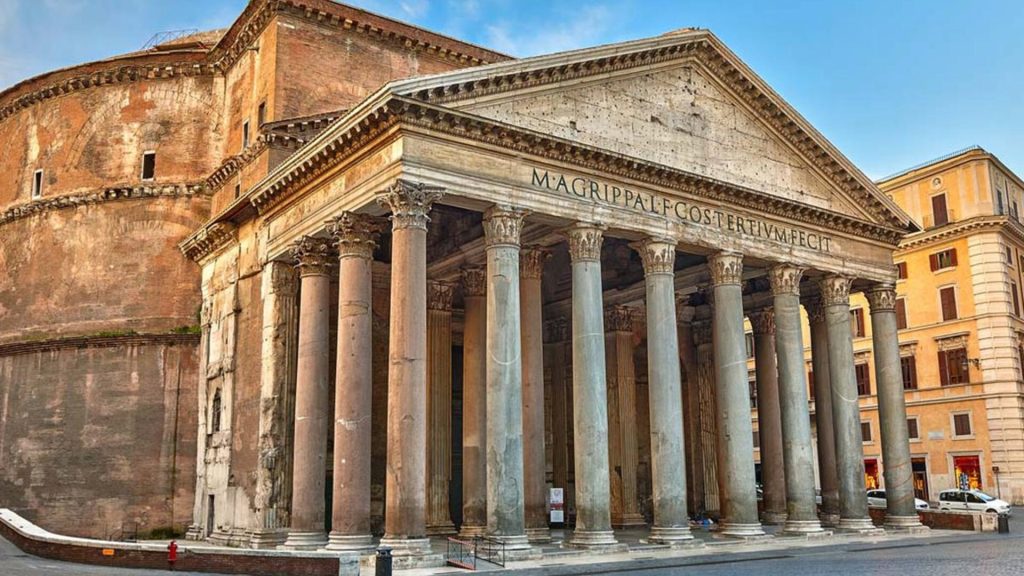
The Pantheon was the first of its kind to have an inner chamber, but it wasn’t the last. The people of Rome were so impressed by this that subsequent architects followed suit. The concrete dome of the Pantheon is the largest unsupported concrete dome in the world … and it is still standing strong after all these years.
15. El Castillo, Mexico
The well-preserved step pyramid, El Castillo, located at the ancient Mayan city of Chichen Itza in Mexico’s Yucatan Peninsula, served as a temple honoring the god Kukulcan. The limestone structure was built over a cenote between the 8th and 12th centuries.
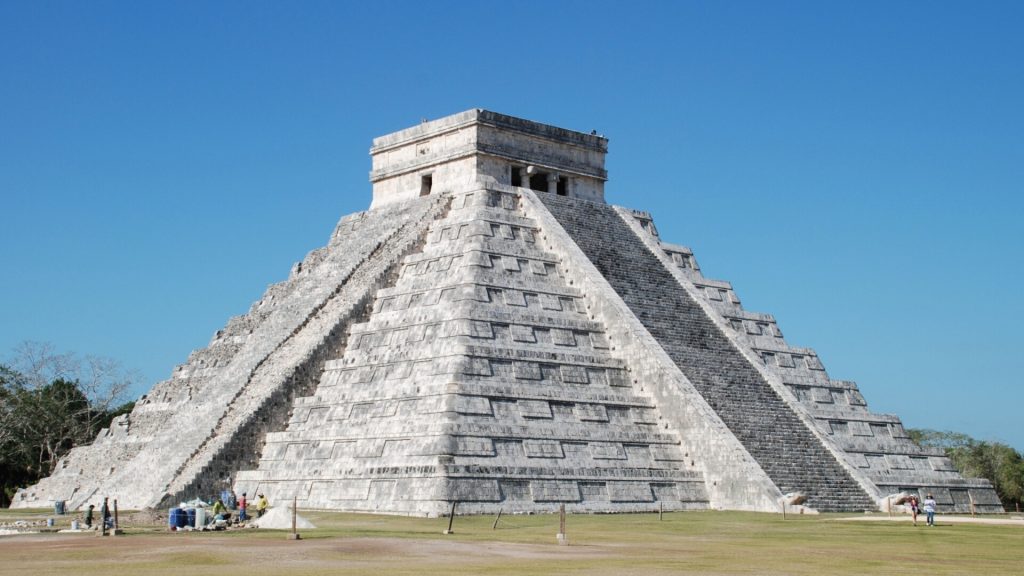
El Castillo stands 70 feet tall and is aligned toward the sun so that on the Summer Solstice, the sun’s rays cast the shadow of a serpent slithering down the pyramid.
16. Hagia Sophia, Turkey
When the Hagia Sophia Grand Mosque was built by Byzantine Emperor Justinian I in the 530s, it boasted the largest interior of any building in the world. Throughout its existence, the Hagia Sophia has been a mosque, center of the Eastern Orthodox faith, a catholic cathedral, a museum, and now it is back to serving as a mosque.
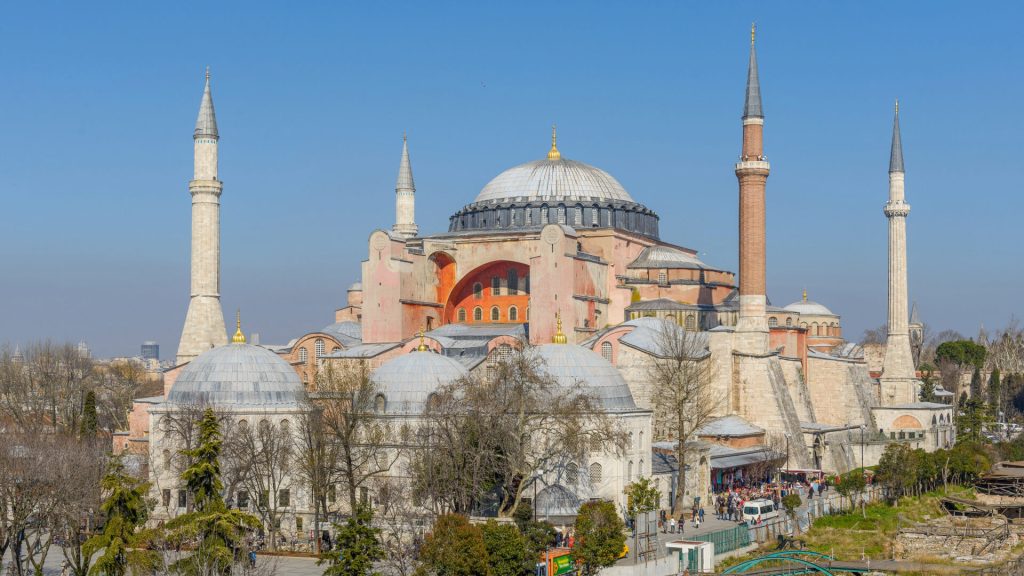
The Hagia Sophia’s main dome is more than 100 feet in diameter. It is one of the shining jewels of Byzantine architecture and a popular tourist attraction for visitors to Istanbul.
17. Neuschwanstein Castle, Germany
Construction had already begun on Neuschwanstein Castle in Bavaria, Germany, when King Ludwig II died in 1886. The castle was meant to be his private residence, therefore the king paid for the construction out of his own pocket. When he died, the castle was nowhere close to completion.
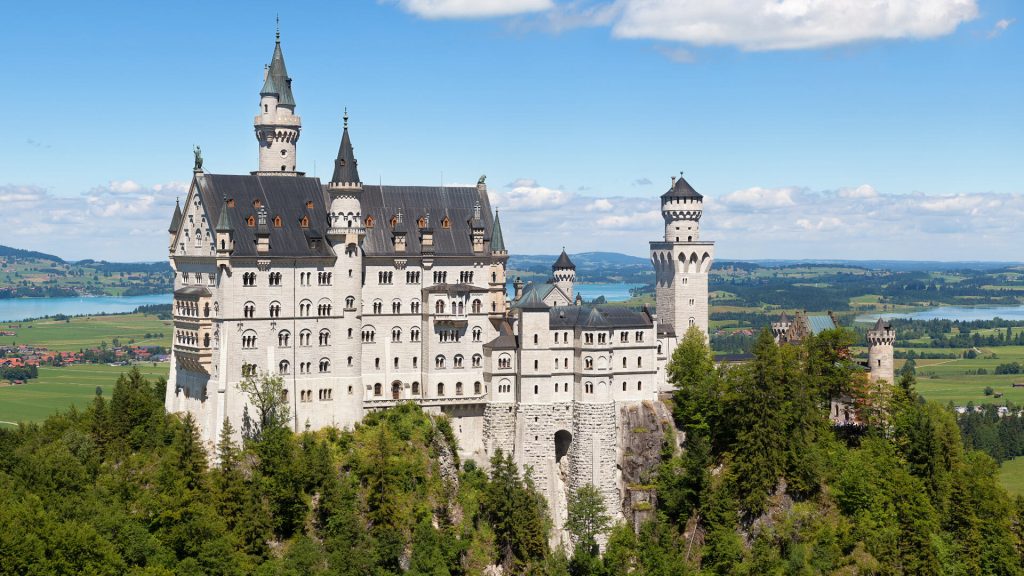
A month and a half after the king’s death, Prince-Regent Luitpold opened the doors of the castle to visitors … for a price. The revenue that was generated helped to pay for the castle to be finished. Today, Neuschwanstein Castle is a fairytale tourist destination that welcomes more than 1.3 million visitors per year.
18. Saint Peter’s Basilica, Vatican City
Construction began on Saint Peter’s Basilica in Vatican City on April 18, 1506, under the direction of Emperor Constantine the Great. According to legend, the building was constructed over the burial of Saint Peter, an apostle of Jesus.
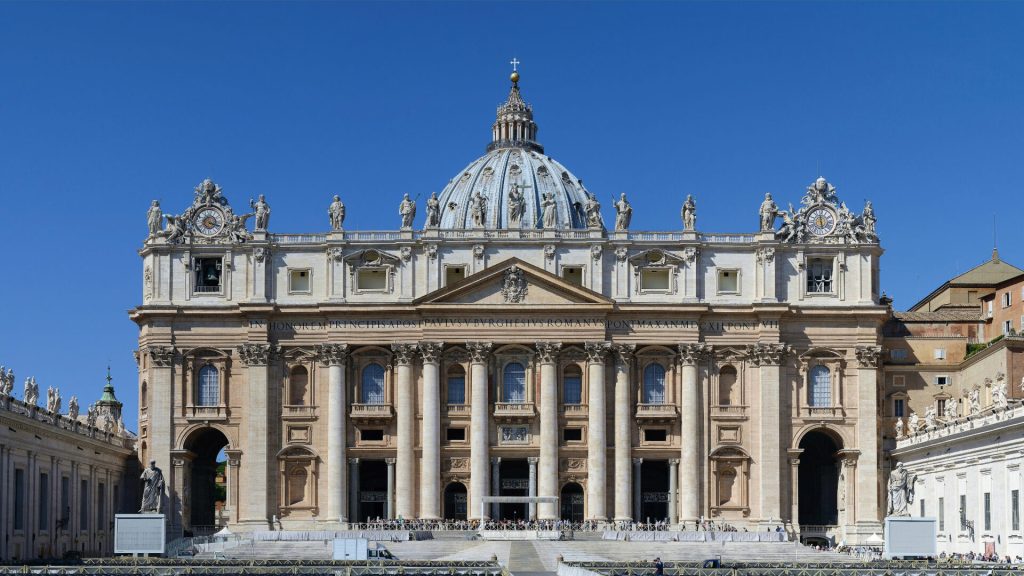
The basilica was designed by Michelangelo, along with Donato Bramante and Carlo Maderno, in the Italian Renaissance style. Saint Peter’s Basilica has been called Christendom’s greatest church.
19. Buckingham Palace, England
Did you know that Buckingham Palace in England, the official royal residence of the British royal family, started out as a stately townhouse that was built for the Duke of Buckingham in 1703? In the 19th century, the home became the personal residence of Queen Charlotte. It was enlarged, expanded, and renovated.
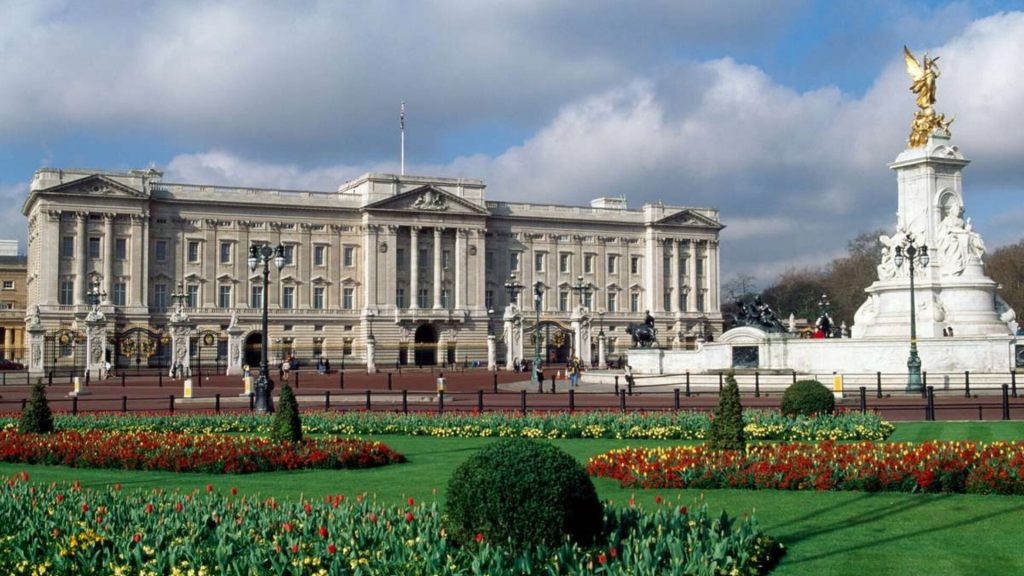
One of the more recent additions – added more than a century ago – is the large balcony. It is from this balcony that members of the British royal family often gather to greet crowds of onlookers.
20. The Palace of Versailles, France
King Louis XIV’s simple hunting lodge in Versailles, France, was expanded and enhanced between 1661 and 1715 to become a glorious palace fit for a king. At the center of the palace is the Royal Court. On either side of that are two massive wings. That makes the front of the palace more than 1,300-feet in length.
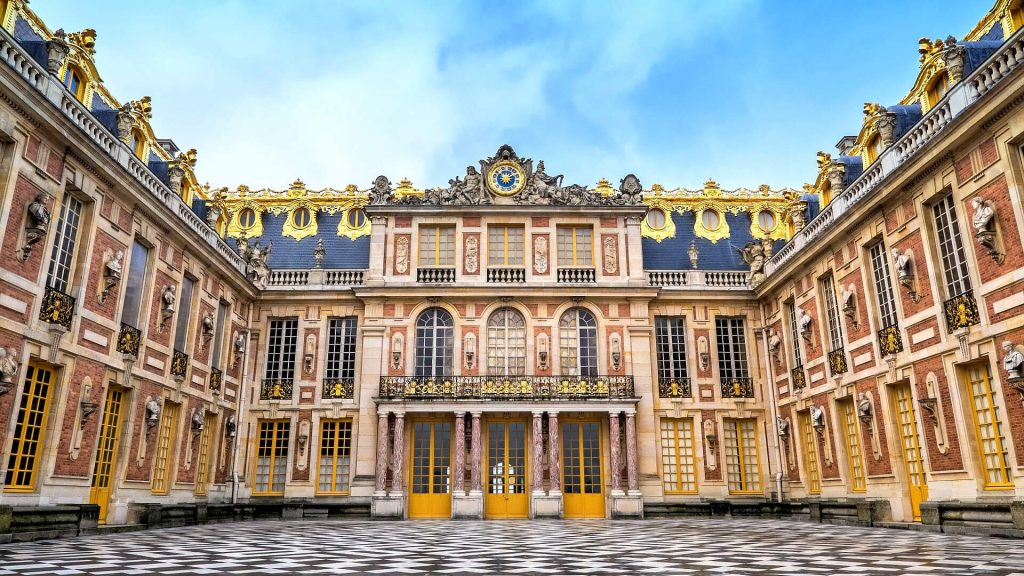
The roof of the Palace of Versailles covers an area of about one million square feet. There are 2,143 windows in the residences, as well as 67 staircases and 1,252 chimneys. Versailles hosted the signings of two important treaties – the one ending the American Revolutionary War in 1783 and the one ending World War I in 1919.


